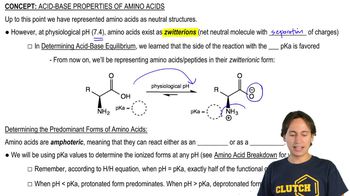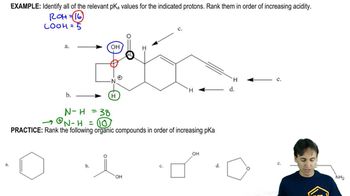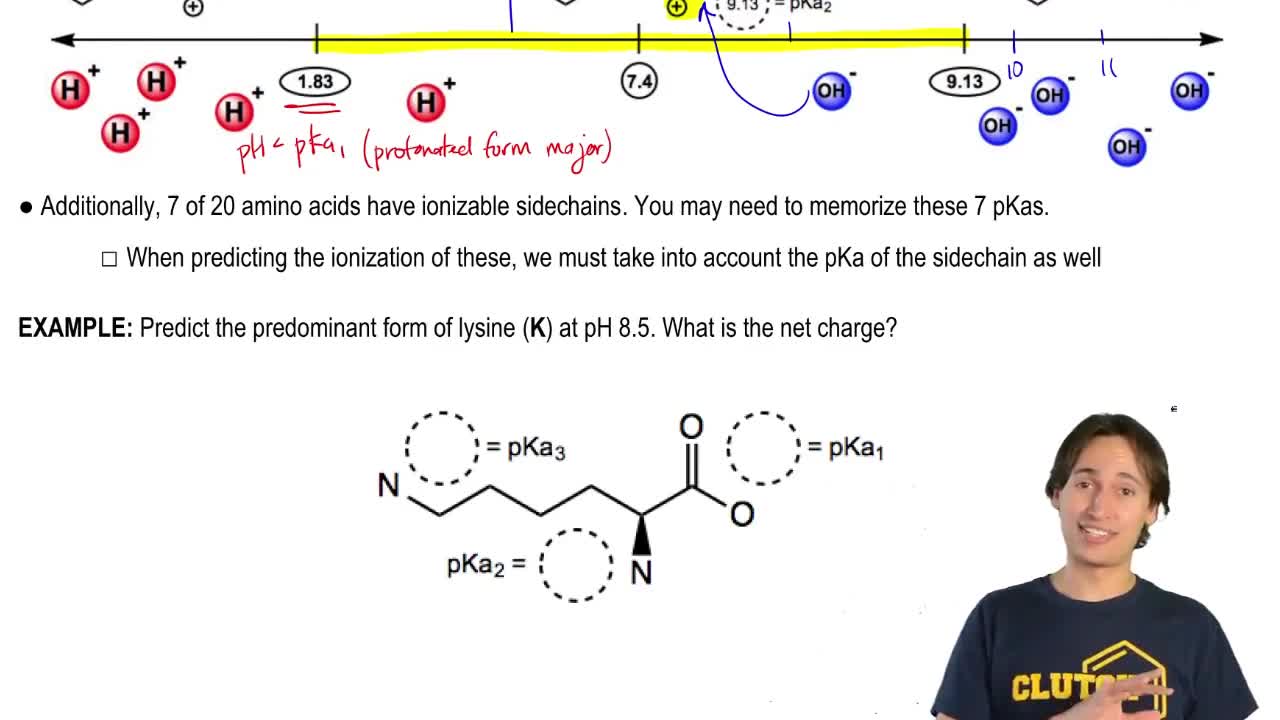Open Question
Determine the net charge of the dipeptide R-C at pH 4.3. (Hint:Peptide bonds do not count)
 Verified step by step guidance
Verified step by step guidance Verified video answer for a similar problem:
Verified video answer for a similar problem:



 4:41m
4:41mMaster Why Amino Acids Exist as Zwitterions with a bite sized video explanation from Johnny
Start learning